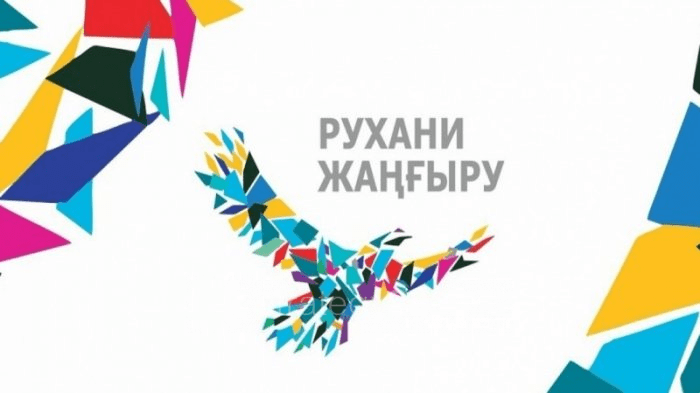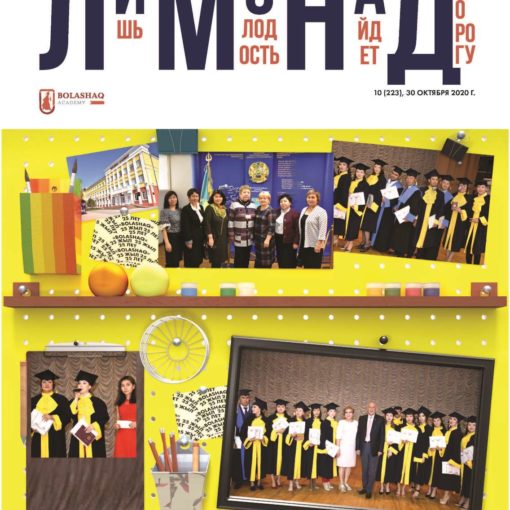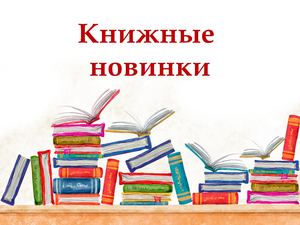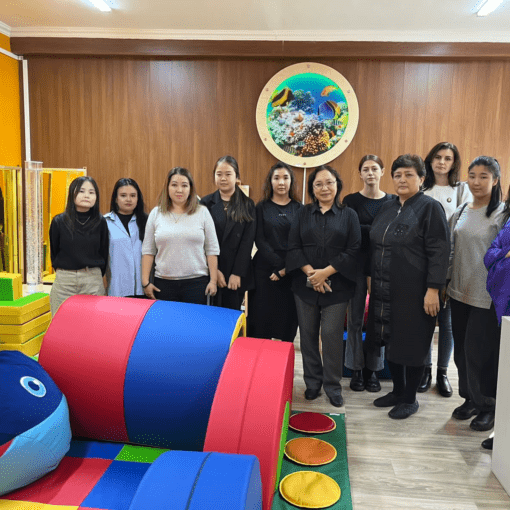On December 4, 2020, SIC Rukhaniyat together with A.B. Kosmanova, Senior Lecturer of the Department of General Education Disciplines, held a discussion on media textbooks as part of the special project “New Humanitarian Knowledge. 100 new textbooks in the Kazakh language” within the state program “Rukhani Zhangyru”.
The aim of the lecture: Creation of conditions for the students to get education in the sphere of humanitarian knowledge in the state language according to the best world standards.
Objectives: 1. Enhance students’ professional skills and broaden their knowledge in the humanities.
2) To organize constant work of students with electronic resources: – https://ruh.kz – https://100kitap.kz
- https://openedu.ru/ for free courses
- Library” section of the Academy website “Bolashaq” for systematization and updating their knowledge.
- To develop the reader’s culture of personality in the modern information environment
During the lecture students of all Bolashaq Academy training programmes were introduced to the following publications:
- Robert Hilliard, How to Write for TV, Radio and New Media (2015).
- Jason Bainbridge, Nicola Gok, Liz Tynan Media and Journalism (2015).
- Lee Ann Peck, Guy S. Reel, Media Ethics: From the Practice of Young Professionals (2017).
The participants of the educational lecture took an active part in the discussion of these textbooks and tried to answer the following questions: - How can you characterise the contemporary media space?
- What is the culture of personal blogging?
- Identify the range of ethical issues that arise in mass communication
- What challenges do young professionals in advertising and news media face in their work?
- What is the current effectiveness of the media?
- What is the role of the media in shaping the current picture of the world?
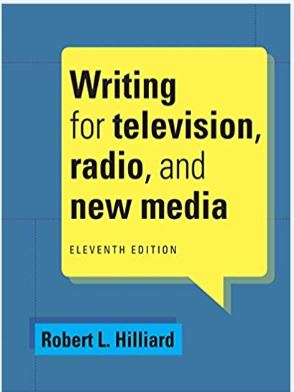
Robert Hilliard’s first edition of How to Write for TV, Radio and New Media was published in 1962.
“How to Write for TV, Radio and New Media is a useful book that introduces the art of script writing.
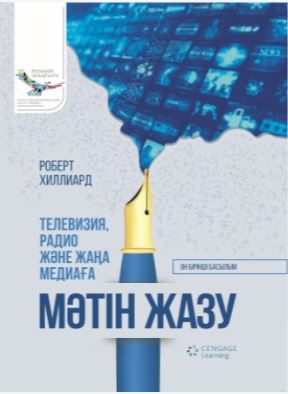
In addition to television and radio, this edition is about new media. The book is written in simple language. The reader is introduced to such concepts as “camera angle”, “set-up of plans”, “composition”, “character”, “editing”, “sound reproduction”, which only come into contact with each other in practice. The manual will help to understand the difference between scripts written for television and radio, and introduce the specifics of texts in online media and social networks.
The work can also serve as a useful tool for a wide range of readers interested in the media sphere in general.
The first edition of Media and Journalism by Jason Bainbridge, Nicola Gok, Liz Tynan, was published in 2008.
Jason Bainbridge is a professor at Swinburne University of Technology and chair of the Department of Media (Media) and Communication. He has written on media law and mass culture, merchandising, franchising and the changing nature of news distribution.
Nicola Gok is a senior lecturer in the Department of Journalism, Media and Communication at the University of Tasmania. In 2014, as a researcher at the National Archives of Sound and Film, he conducted research on media coverage of migrants.
Liz Tynan is a senior lecturer at the James Cook University (JCU) Graduate School of Research in Townsville, where she teaches postgraduate students in academic writing and critical thinking skills. She is a scholar and professional journalist. She has worked for many years in periodicals and electronic media in science journalism and editing.
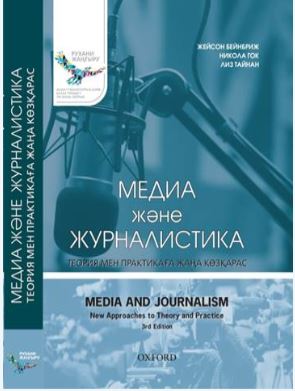
“Media and Journalism: New Approaches to Theory and Practice is a valuable work that analyses the pages of the history of the media field from the founding of professional journalism to the recent changes in the media industry, which has become a driving force in society.
The third edition of the book, selected from the world’s leading academic institutions, will appeal to every reader interested in the topic of media and journalism relations.
The language of the book is simple and interesting. The textbook contains full background information on the history of the concept of media and journalism, products of the media industry, methods of media analysis, ways of communicating news and media content, current and future communications. It provides an introduction to the intricacies of concepts and processes such as idea in news production, information flow review, distribution, negotiation and to the importance of journalistic research.
The key value of the book is that it introduces the student, media professional or amateur blogger to the basic principles of journalism. It not only teaches how to tell and show
Not only does it teach how to tell the truth and show the ethics of respecting people’s right to be informed, it also teaches how to do a fair job as media professionals in the name of public service.
The first edition of Lee Ann Peck, Guy S. Media Ethics: From the Practice of Young Professionals was published in 2012. Universities using the book in the teaching process Harvard University, Oxford University, Cornell University. Leigh Ann Peck is professor of journalism and media studies at the University of Northern Colorado’s Greely School of Communication. She teaches courses in English journalism and communications. Before teaching at UNC, she was an assistant professor in the Department of International Communication at Franklin University in Lugano, Switzerland. Her research focuses on the topic of effective methods of ethical decision-making adopted by students.
Guy S. Reel, Ph.D., is professor of mass communication at Winthrop University in South Carolina. Rock Hill, South Carolina. She has worked as a correspondent and editor for The Commercial Appeal in Memphis, Tennessee. She has conducted research on major issues in journalism and the history of communication.
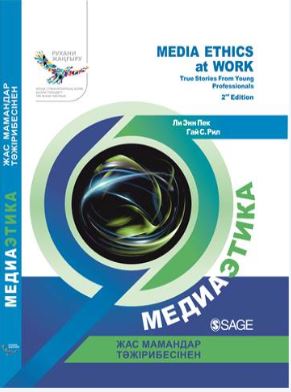
“Media Ethics focuses on ethical issues in mass communication and points to ways of dealing with the ethical issues that arise in the media. The authors focus on the difficulties of young professionals working in advertising and news media and many other everyday circumstances. Each case is presented in great detail and the actions of those involved are described in detail. The book is intended to provide effective help in dealing with situations that arise regarding media ethics.
Based on the foregoing, the lecture participants tried to draw conclusions and develop their own solutions to existing problems in the media paradigm and society.
The published textbooks are available in the Bolashaq Academy library; an electronic format and online courses are available at the link:
https://openu.kz/ru/book/televiziya-radio-zh-ne-zhanga-mediaga-m-tin-zhazu
https://openu.kz/ru/book/media-zh-ne-zhurnalistika-teoriya-men-praktikaga-zhanga-kozqaras
https://openu.kz/ru/book/media-etika-zhas-mamandar-t-zhiribesinen
Rukhaniyat Center
Senior Lecturer B. Kosmanova

